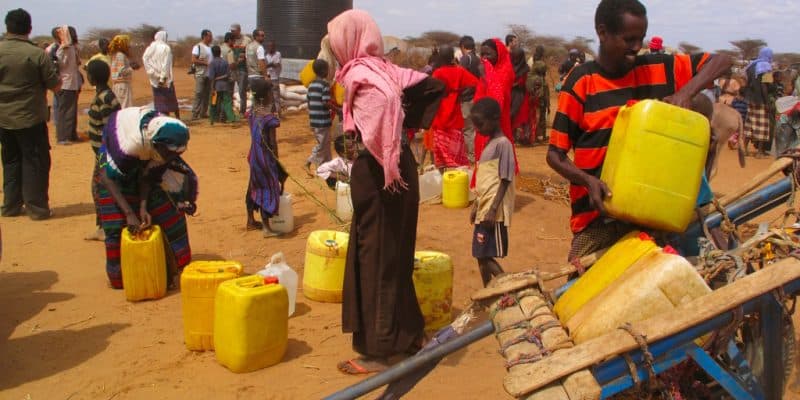In a recent report, the World Health Organisation (WHO) highlights the inadequacy of efforts to provide water, sanitation and hygiene around the world. In 2019, this situation led to the deaths of at least 1.4 million people, mainly in Africa and South-East Asia.
“Burden of disease attributable to unsafe water, sanitation and hygiene: the 2019 update”. This is the title of the report produced by the World Health Organization (WHO) and published on 29 June 2023. In this document, the United Nations’ specialised agency for public health deplores the uneven and insufficient progress made in the water, sanitation and hygiene sector around the world, mainly in Africa and South-East Asia.
Among the causes cited is the uneven commitment of governments to achieving Sustainable Development Goal 6 (SDG 6), which aims to guarantee access to water and sanitation for all, and to ensure sustainable management of water resources by 2030. The lack of funding in the poorest and most disadvantaged countries has also been singled out.
Up to 1.4 million people will die in 2019
And one of the major consequences of inadequate water, sanitation and hygiene services is the proliferation of water-borne diseases. In its report, the WHO states that in 2019 alone, at least 1.4 million people died as a result of diarrhoeal diseases and respiratory infections. The UN agency adds that diarrhoeal diseases accounted for most of the attributable burden, with more than one million deaths. The second largest contributor was acute respiratory infections due to inadequate hand hygiene, which were linked to 356,000 deaths.
Read also –
Among children under five, water, sanitation and hygiene-related health risks were responsible for 395,000 deaths, including 273,000 deaths from diarrhoea and 112,000 from acute respiratory infections. These disease burden estimates were obtained following field visits to 183 WHO Member States disaggregated by region, age and sex for the year 2019. The two other health outcomes identified were undernutrition and soil-transmitted helminthiasis.
The urgent need to reduce this burden of disease
The recent WHO report states that 89% of attributable deaths were in low- and lower-middle income countries. Reducing the burden of disease, and even saving 1.4 million lives each year, has therefore become a matter of urgency.
For the WHO, three actions need to be taken, in particular accelerating action to make drinking water, sanitation and hygiene a reality for everyone. Efforts should be concentrated on the poorest and most disadvantaged countries, where marginalised communities are often poorly served and face greater risks.
Adapting national surveillance systems to improve data on population exposure to safely managed services is the WHO’s third recommendation for reducing the burden of disease attributable to unsafe water, sanitation and hygiene worldwide. Governments will need to take account of the higher service levels called for under the Sustainable Development Goals, enabling a more accurate reflection of the total burden of disease.
Inès Magoum






